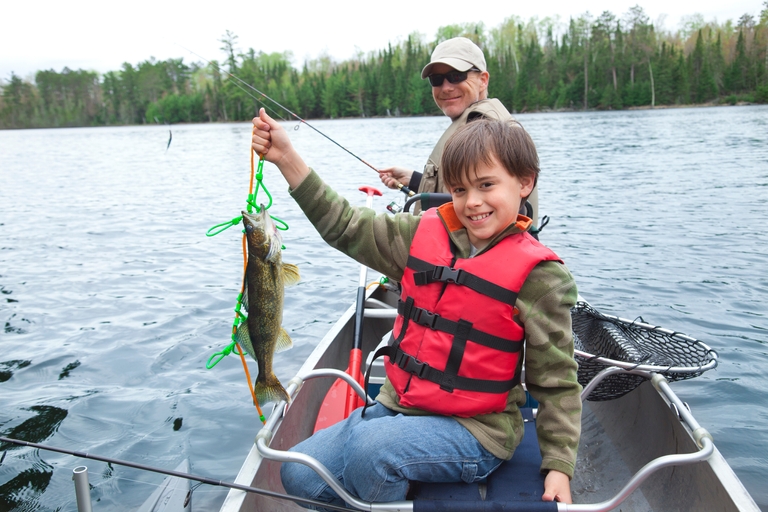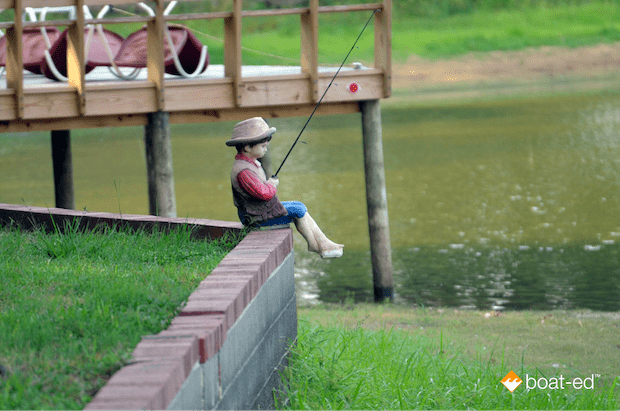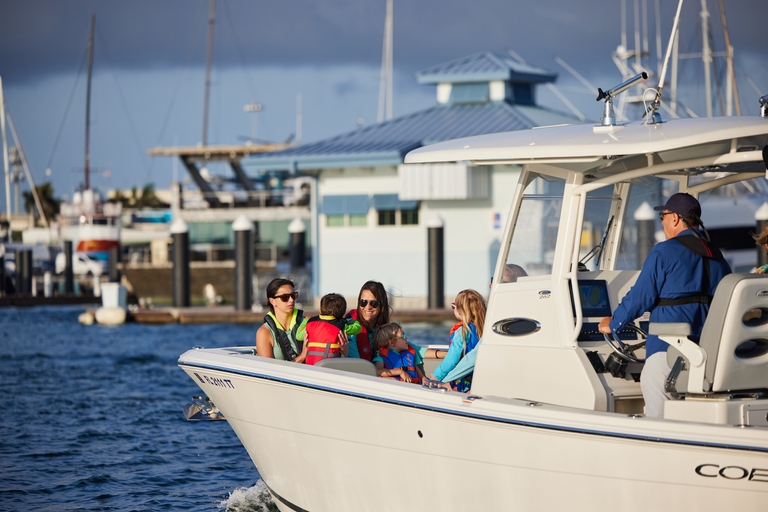A Guide to the Best Bass Fishing Tips for 2024
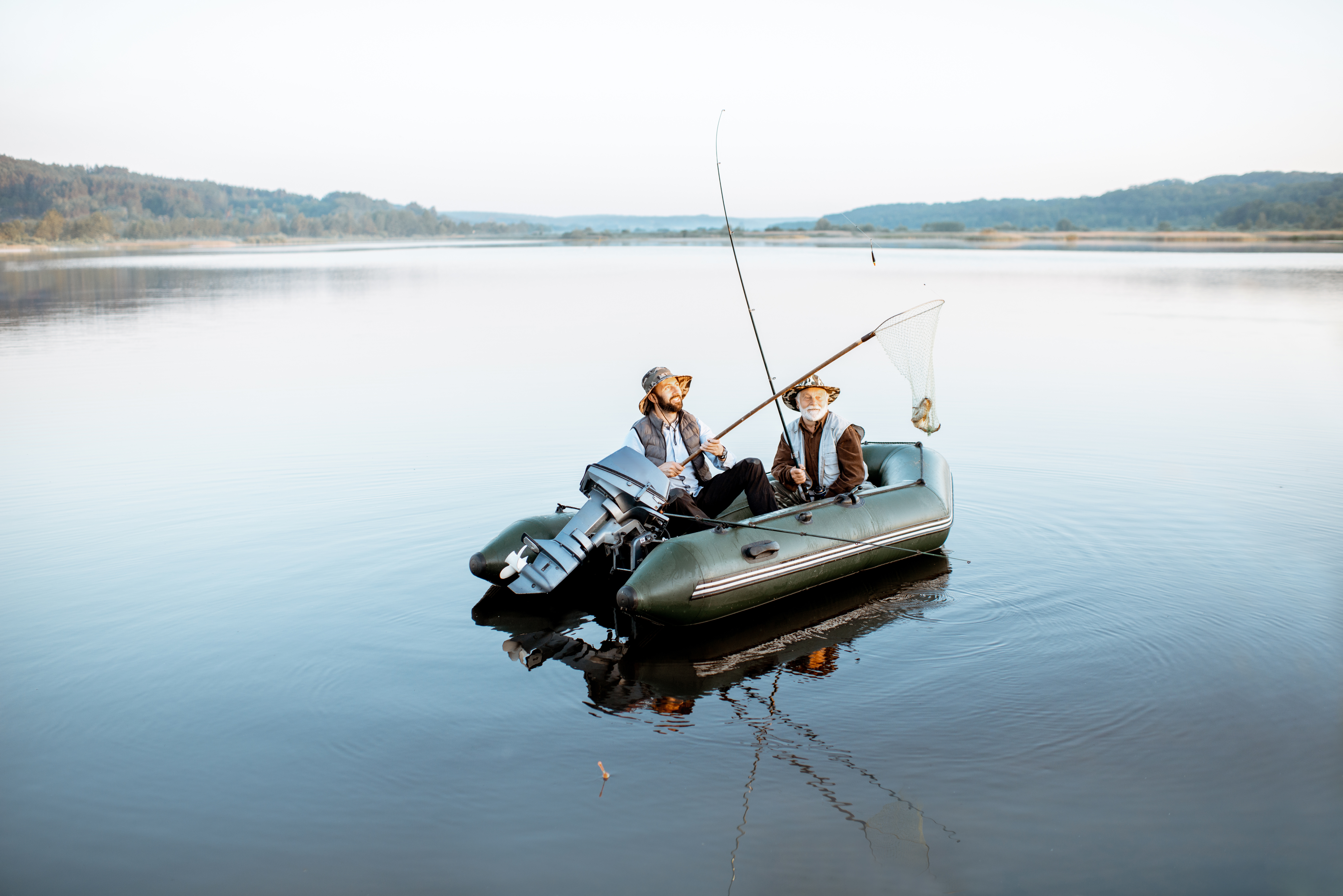
Bass fishing consistently ranks as one of the most favored sport fishing pastimes in the U.S., and it's no surprise – it's just pure fun.
Bass are good fighters known for their aggressive nature. They hit hard when on the bite, and it can be a great way to get out there and have fun with the family.
Bass can be active all year round and targeted on various rigs and setups, making them the perfect option for pros and amateurs keen to wet a line.
Let's dive into some top tips to fish harder and smarter when bass fishing in 2024.
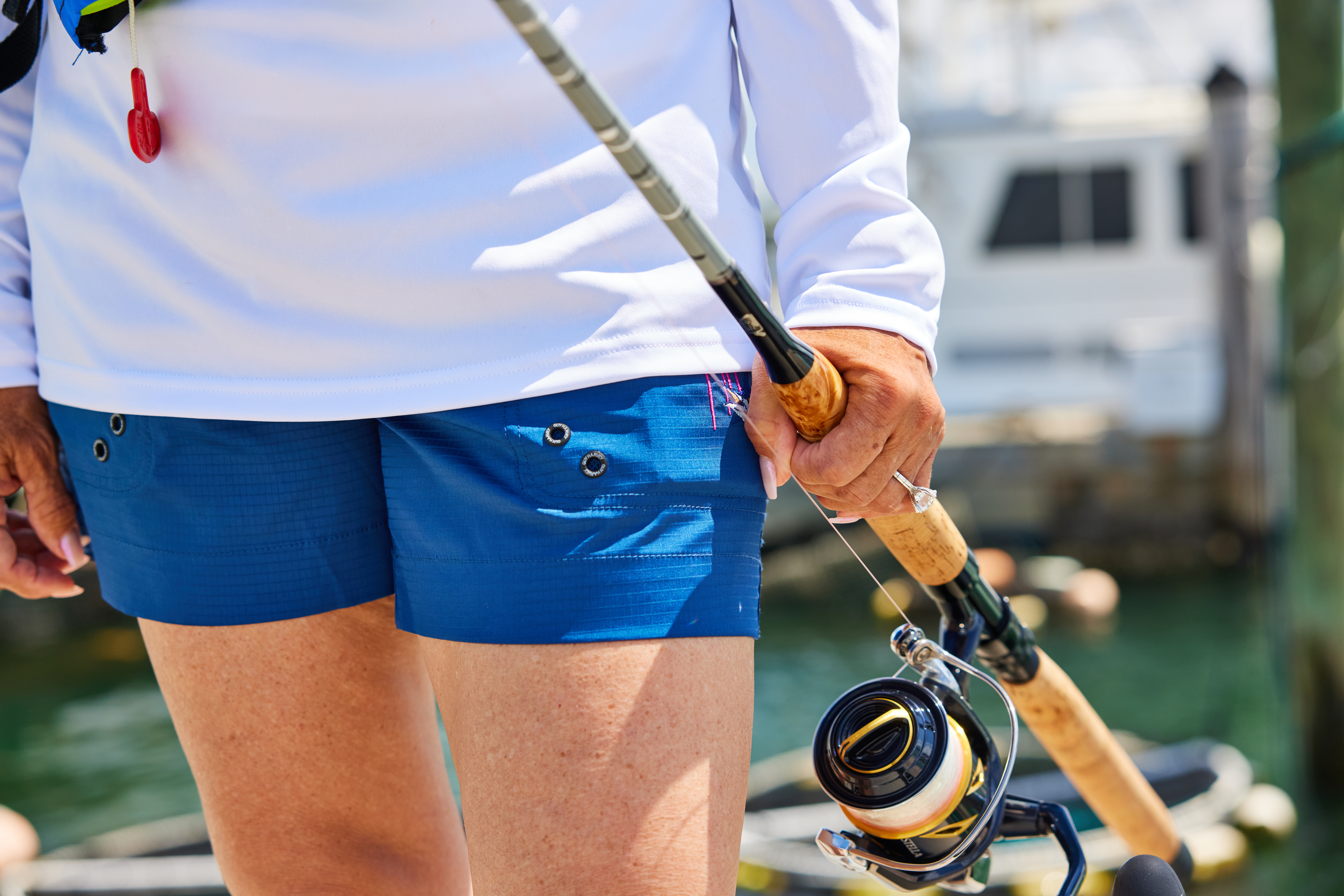
Location is Everything
Ok, not everything, but if you're not targeting spots where the bass are likely to be, you won't have much luck, no matter what you're throwing at them.
First, to determine your general area, research state and local websites and fishing forums, and ask around your local fishing clubs. If you're a beginner, your best bet could be a local tackle shop, although don't expect the staff to give up all their secrets.
Bass can be found in rivers, lakes, and ponds. Look for information on the bass population as state and provincial fishery departments provide updates via periodic fishing reports.
Get Specific
Once you've determined your fishing zone, start flagging bass hot spots.
Bass love structures such as rocks, stumps, trees, changes in water level, pylons, drop-offs, and more. Anywhere there's a change from the natural landscape, like adjacent beds of aquatic vegetation, shelter, and more, provides ambush points and solid fishing.
Flowing water and high current zones are also hot spots for active bass. Vegetation such as weed spots provide both cover and oxygenate the water, making them hot feeding zones.
Zooming In
Maps, sonar, and specialty fishing apps can all provide an initial source of research, but sometimes, nothing beats getting out there and scouting yourself on foot or from your boat. Just make sure you're not passing through any private property, or be sure to ask for permission first.
Choosing the Right Lure
Lure choice is more about having a variety in your tackle box rather than one specific type.
When bass fishing, you must match your lure to the prevailing conditions, as temperature, climate, depth, water pressure, and even bass mood may impact the bass's feeding habits on that particular day.
When looking at lure trends, consider what the pros are using. In 2024, we saw a return to the classics with jerk baits, spinnerbaits, and old-school jigs flicked around the Bassmaster Pro with a lot of natural patterning.
Additionally, soft plastic worms and natural soft plastics are predicted to be a staple in any good bass fisher tackle box this year.
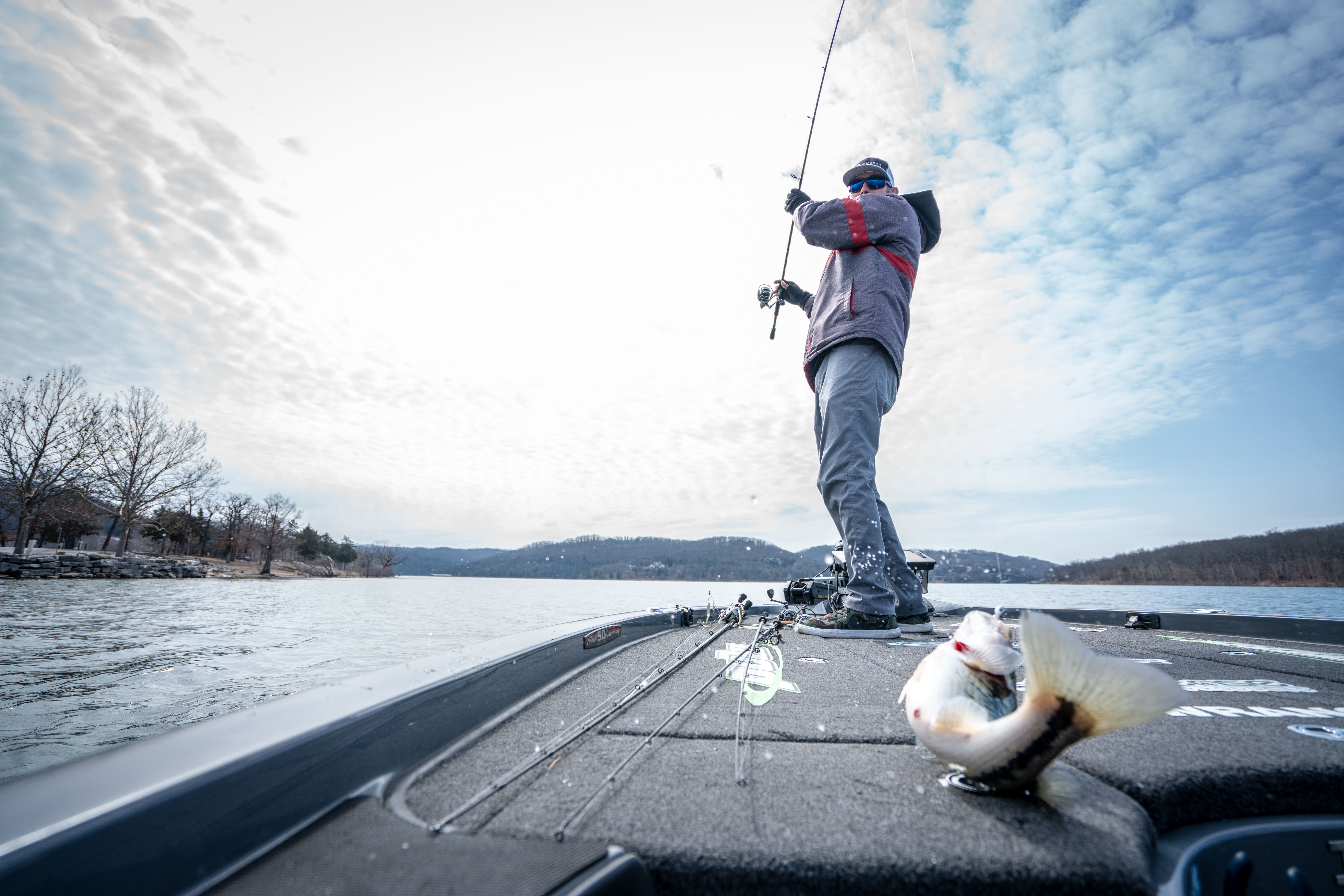
Technique Mastery
Practice makes perfect, and there's nothing wrong with attaching a light sinker to your line and flicking around in the park, trying to land your sinker in some hula hoops to get that action just right.
Bass fishers apply a range of skillful techniques to work tight areas and hit zones that other angles may have bypassed or written off as being too difficult.
Practice Basic Casting Techniques
Practice can help you master critical techniques to bring home more bass. Get to work on some of the basic casting techniques, including the following.
Flipping and Pitching
Flipping and pitching are two techniques that generally require a shorter bait caster setup (about 7ft) and a heavy line.
To practice pitching, hold the rod in one hand and pinch the line against the rod with your finger. Swing the lure towards the target area like a pendulum and release the line with your finger, allowing the lure to drop vertically.
When flipping, follow the steps above, but pull out some extra line and let it out so your lure is dangling next to the reel. When casting, swing the rod forward underhand and let the line run through your hand.
Topwater Fishing
This is an exciting and effective way to catch aggressive and predatory bass on top of the water. It involves using poppers, plugs, and prop baits specially designed to sit on top of the water.
When casting, aim close to cover and introduce some pauses and twitches into your retrieval, enticing the bass to strike.
Crankbaiting
Crankbaits are hard-bodied lures, often with a diving bill that allows them to swim in a wobble-like movement. They can target shallow, medium, and deep waters and are best cast out far and retrieved quickly.
Finesse Fishing
This deep-water fishing technique involves using small lures, jigs, or soft plastics such as worms with a slow retrieval and minimal movement to not spook the hard-to-reach or easily-spooked bass.
Finesse fishing is often employed in challenging conditions when temperature, adverse weather conditions, clarity, and even barometric pressure are at play.
Use Technology
Fishing electronics are only improving, and advancements in down scanning and forward-facing sonar highlight never-before-seen insights into the underwater bass world. This live imaging provides a crisp viewing of fish moving about the water and hopefully chasing your lures.
Additionally, some fish finders now offer 360-degree views targeting entire schools.
Expect to see an increase in the use of social apps and tools, such as the solunar feature of the bass forecast app, which provides accurate lunar positioning to highlight peak feeding times. Integration will also become a key feature of fish finders linking up with other apps.
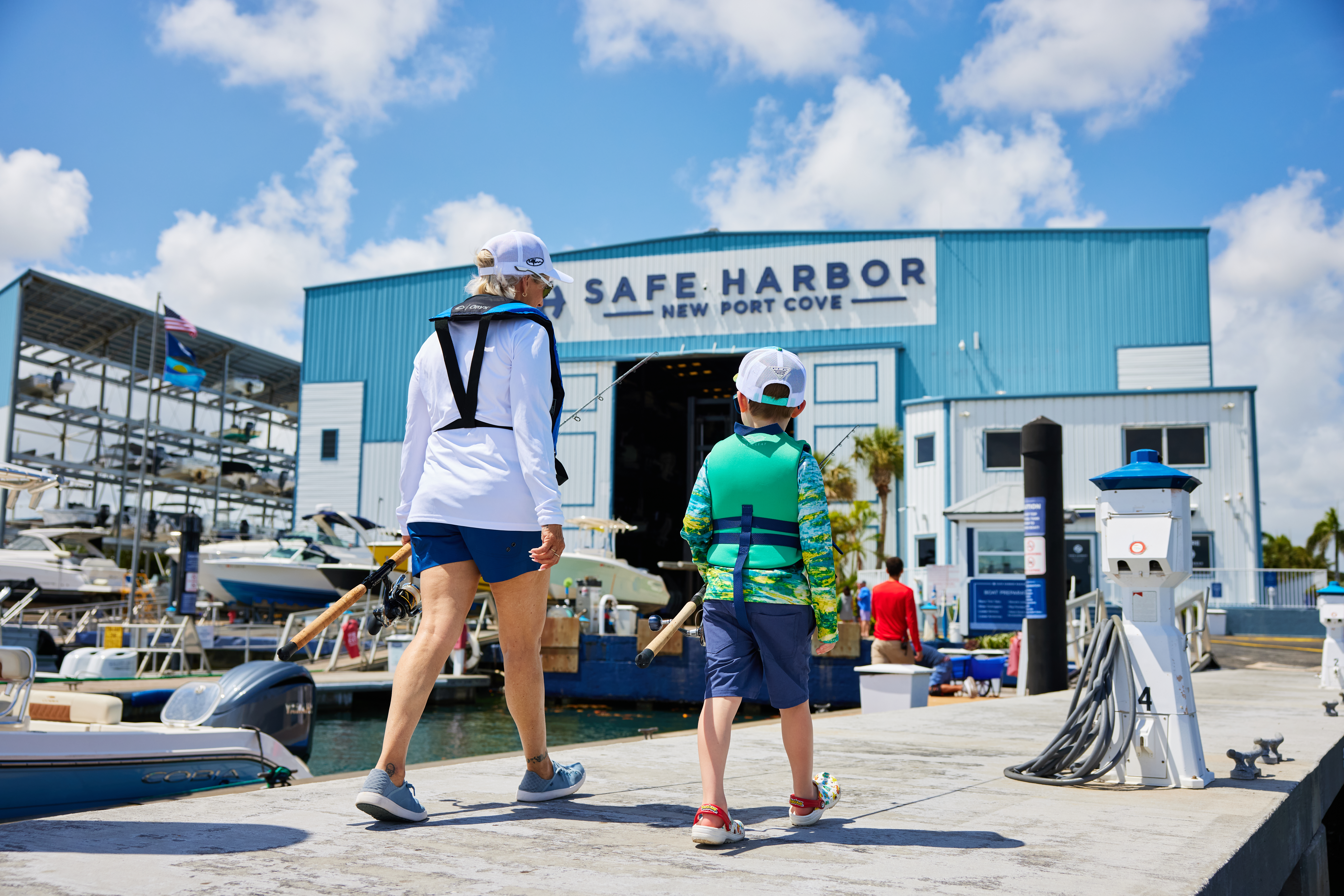
Keep Learning and Stick to the Basics
What's great about bass fishing is the spectrum of dedication and how far you can go. There are weekend warriors just out on the water to have fun and enjoy the sport, while professionals earn big bucks with tournaments and brand deals.
To get the most out of your fishing experience, it's essential to keep learning, practicing, and staying up to date with the latest trends. Books, online forums, classes, and YouTube channels are all great places to kick-start your bass fishing journey.
No matter how you prefer to learn more about being a better angler, there's a full spectrum of courses out there for you, from everything from bass fishing techniques to boating safety and education.
Stay Safe When Chasing Bass This Season
Technology, technique, and location scouting are all great ways to help you catch more fish, but nothing beats getting out there and having real experience on the water.
We want you to stay as safe as possible out there so you can one day catch the record-smashing bass (or at least claim that you did). So, before your next fishing trip, make sure you're certified with boating safety education.
Boat-Ed offers online, state-approved boater education courses to help anglers stay safe when fishing from boats. You'll learn about the safety equipment your boat needs and how to balance it based on its capacity and the number of fishing buddies you bring to your favorite fishing hole.
Keep yourself safe when bass fishing this season! Find the course for your state and start learning.

